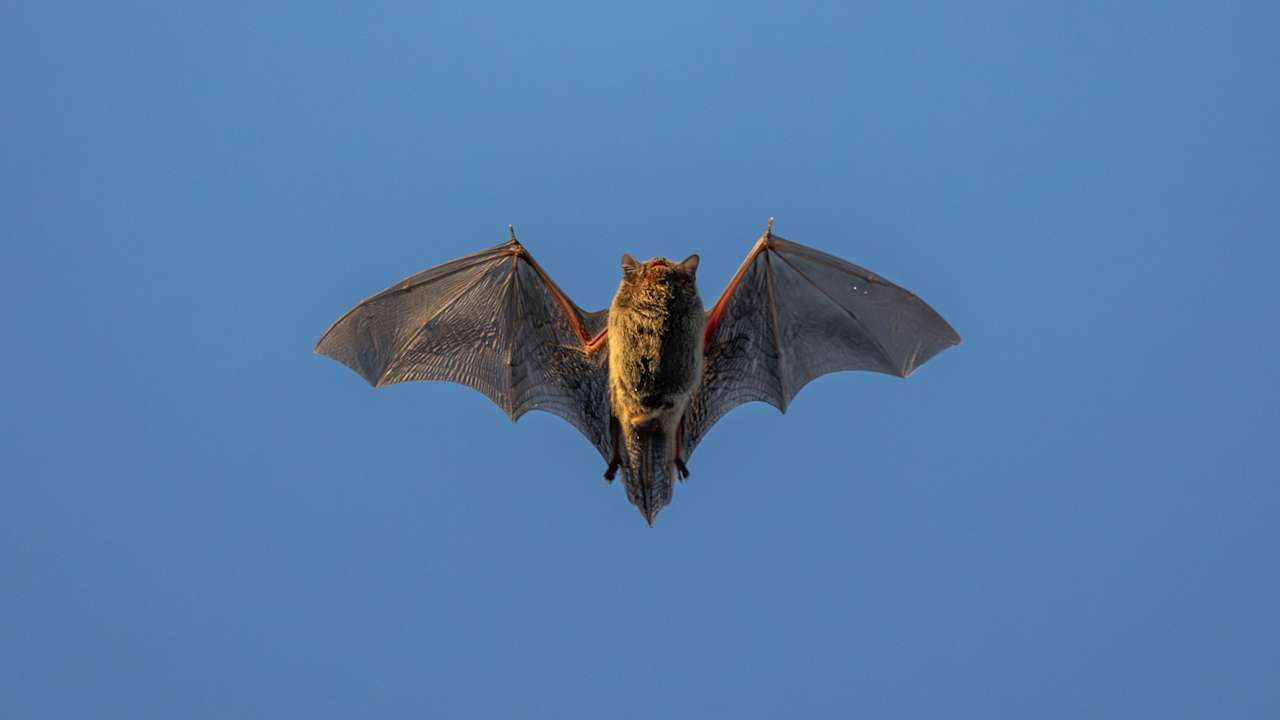A new bat coronavirus could spread to humans in the same way Covid did, a team of Chinese researchers found.
A study, published in the journal Cell, said that it is possible that HKU5-CoV-2 uses the same cell-surface protein as SARS-CoV-2 to enter human cells.
But it added that it does not enter human cells as readily as SARS-CoV-2 – Covid-19 – does.
The publication has led to concerns that if HKU5-CoV-2 crosses over into humans, it could cause another pandemic.
However, experts have warned that we “must remain alert, without suggesting every new virus could lead to a new human pandemic”.

Where has the new bat coronavirus been found?
The coronavirus HKU5-CoV was first detected in bats in 2006. It is prevalent in Japanese house bats (Pipistrellus abramus bats) in eastern and southern Asia.
Researchers have now discovered a new lineage of the virus, called HKU5-CoV-2, in China.
Has the new coronavirus transmitted to humans?
The newly discovered coronavirus has not passed to humans.
The discovery of how the coronavirus can enter human cells has raised concerns that it has the potential to one day infect humans.

Should we be concerned?
David Heymann, Professor of Infectious Disease Epidemiology at the London School of Hygiene and Tropical Medicine, said: “Newly-identified viruses in animals, such as HKU5-CoV-2, are a reminder that we must remain alert and keep people informed about potential disease threats without suggesting every new virus could lead to a new human pandemic.”
“It is not possible to predict when and where any new virus or mutation of an existing virus will appear, or how harmful it could be to humans, so it’s very important to have strong detection and surveillance systems in place.
“For example, in the UK this includes surveillance of influenza-like illnesses routinely done by GP practices.
“Linking these ‘early warning’ systems to genetic sequencing and laboratory diagnosis is the best way for governments to be prepared to respond rapidly to any respiratory epidemic, and ensure people are given the best advice about protecting themselves against respiratory infections.
“It is also essential that we have secure laboratories with strong and well-controlled bio security measures in place and education about the risks from live animal markets and pet shops that sell exotic pets.”
Follow STV News on WhatsApp
Scan the QR code on your mobile device for all the latest news from around the country
























